#perennial herbaceous
Text

Rallarros - Carin Ax
Swedish , b. 1915 -
Colour lithograph , 31 x 18.5 cm. Ed. 61/250.
200 notes
·
View notes
Text

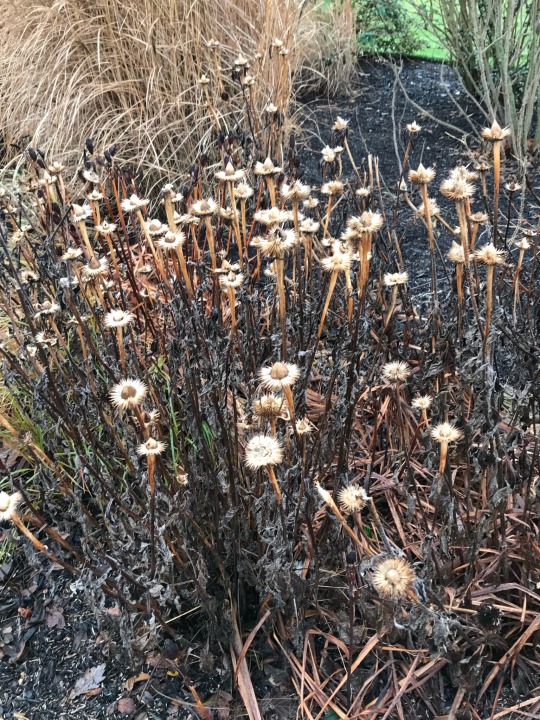

Plant of the Day
Thursday 29 February 2024
Even at the end of winter Echinacea purpurea 'Rubinstern' (purple coneflower) can still be providing a display with the previous season’s flower heads. It will soon be time to cut these back as the new foliage begins to grow from the base.
Jill Raggett
#echinacea#purple coneflower#herbaceous#perennial#seed heads#flowerheads#plants#horticulture#gardens#garden#essex#herbaceousperennial
168 notes
·
View notes
Text


#for the bees#beep#😉#herbaceous#wildflowers#fruit trees#fruit bushes#pesticide free#organic#annuals#perennials#seasonal#butterflies
2 notes
·
View notes
Text


Brittnee's plant of the day 2/?
Fernleaf yarrow (Achillea filipendulina) is a tall perennial that blooms early to late Summer. It's easily grown in zones 3-8. With it's spicy scent, it's popular amongst pollinators and is deer resistant. Its foliage adds an interesting texture to the landscape with pops of bright yellow flowers. Yarrow is also used amongst herbalists as an anti-inflammatory and antiseptic.
Photo credits and more information: x x
#horticulture#botany#plants#gardens#fernleaf yarrow#achillea filipendulina#pollinators#perennial#herbaceous#landscape design#landscaping#plant of the day#flowers
2 notes
·
View notes
Photo

Anemone 'Wild Swan' #herbaceous #perennials #summerflowering https://www.instagram.com/p/CeOgkhVM9Z9/?igshid=NGJjMDIxMWI=
6 notes
·
View notes
Text

Design new herbaceous garden border with semi shaded spring and summer garden border plants of varying heights 40cm to 240cm due to the distance of the main house intermixed with early season bulbs by: Ashlands Gardens | Garden Design Crewkerne Somerset UK
#herbaceous border design#make garden border#when to mulch border#planting beds#names of perennials#garden bed design#spring garden borders#when to plant garden bulbs#mulching borders#dig garden beds#crewkerne gardeners somerset#dorchester dorset garden design#gardening budget ideas
1 note
·
View note
Text
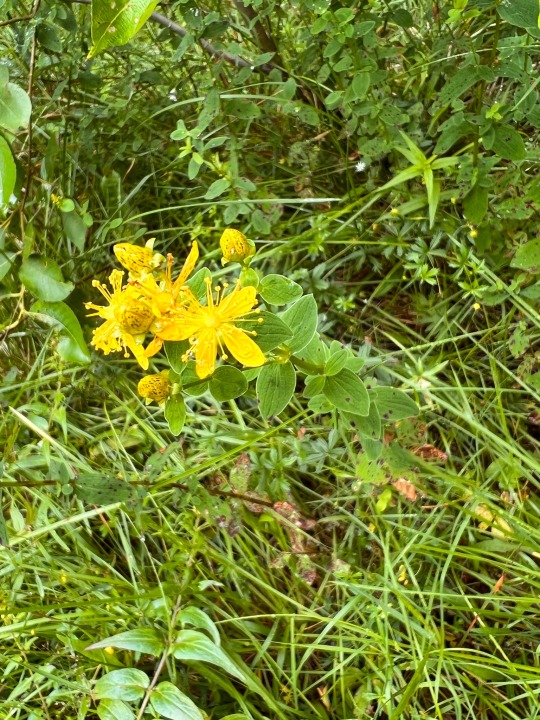

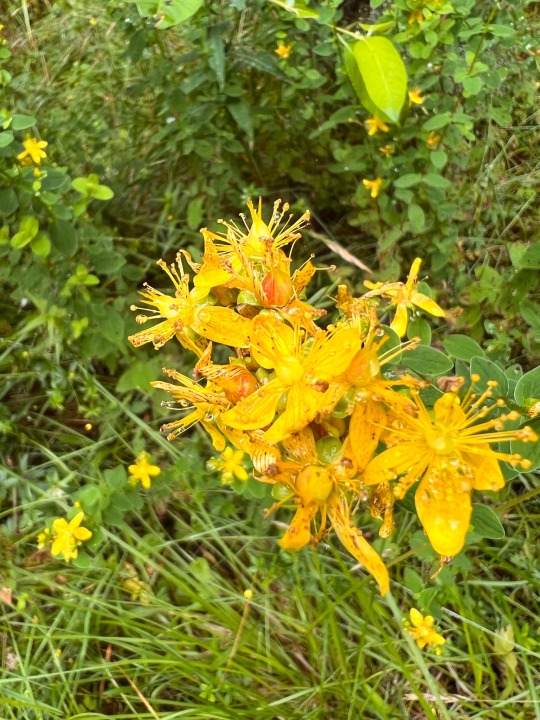
Hypericum maculatum, commonly known as imperforate St John's-wort, or spotted St. Johnswort, is a species of perennial herbaceous flowering plant in the family Hypericaceae. It is native to Europe and Western Asia where it grows in moist meadows. It is considered to be a medicinal plant.
#mine#flowers#plants#nature#photo#photography#plant identification#st john’s-wort#hypericum maculatum#perennial#flowering#flowering plants#perennial plants#medicinal plants#herbaceous#herb
0 notes
Text
Reference Notes - Herbaceous Perennial
A plant whose growth dies down annually but whos roots and underground parts survive.
0 notes
Text

Monotropa Uniflora, also known as Ghost Plant, is an herbaceous perennial flowering plant native to temperate regions of Asia, North America, and northern South America
1K notes
·
View notes
Text


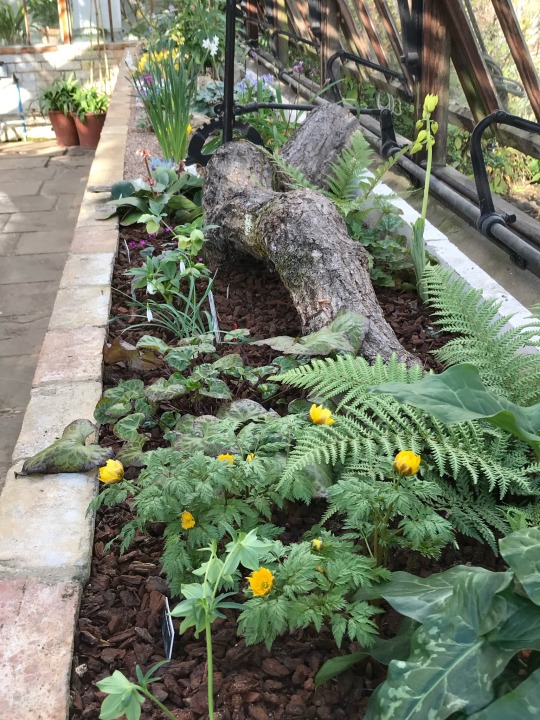
Plant of the Day
Friday 8 March 2024
In early spring Adonis amurensis graces the cool glasshouse. This spring ephemeral is an herbaceous perennial from mountainous grassland meadows and forest edges in alpine and subalpine zones in China, Japan, Korea, and eastern Siberia. The plant requires moist, rich soils and a lightly shaded location.
Jill Raggett
#adonis#yellow flowers#herbaceous#perennials#plants#horticulture#alpine house#cool glasshouse#Cambridge botanic garden#cambridge
114 notes
·
View notes
Text
Perennial Plants Keep On Giving
Perennial Plants Keep On Giving
Can a canna be too perennial?
Many popular annual bedding plants have potential to be perennial if they get a chance. Cyclamen commonly perform as a cool season annual, only until replacement with warm season annuals. However, after summer dormancy, their tubers can generate foliage and bloom again for several following winters. Replacement is just easier than maintenance.
Real annuals complete…
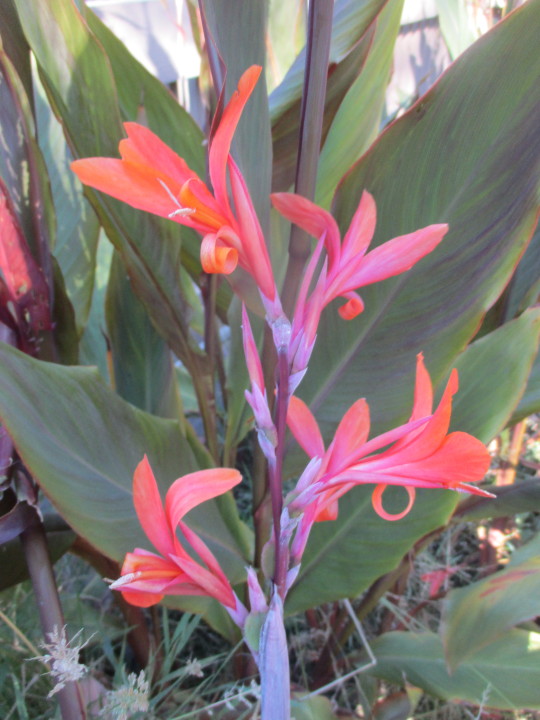
View On WordPress
0 notes
Photo
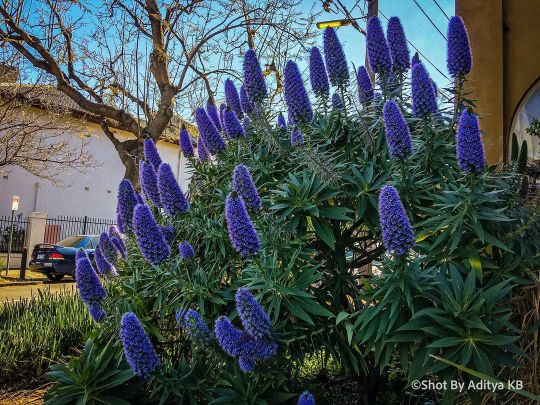
#echiumcandicans #the #pride #of #Madeira #species #of #flowering #plant #family #Boraginaceae #native #herbaceous #perennial #subshrub #germination #rosette #leaves #6splus (at Melbourne, Victoria, Australia) https://www.instagram.com/p/CegCUfuFhwX/?igshid=NGJjMDIxMWI=
#echiumcandicans#the#pride#of#madeira#species#flowering#plant#family#boraginaceae#native#herbaceous#perennial#subshrub#germination#rosette#leaves#6splus
0 notes
Text
Hypothesis: invasiveness of plants in the USA has less to do with specific traits of the plant and more to do with catastrophic changes in land use and management following European colonization
This hypothesis came to me after researching what plants were invasive in China and Japan, and learning that most of East Asia and Japan (Is Japan considered East Asia or is it special by virtue of being island?) invasive species are from...The Southeastern United States (just like ours are mostly from east asia and Japan).
BUT one major difference: Most of the worst Eastern USA invasives are woody shrubs or perennial vines; most of the worst Eastern Asian invasives are herbaceous perennial or annual plants
I thought, I wonder how they respond to controlled burning?
Some of the most common invasive species around here are those that have a very dense foliage and that grow in thick masses that seem like it would make the whole forest a tinderbox.
I thought, I wonder if certain growth habits are selected against by controlled burning, and when the burning stopped that created a sort of vacant niche?
I am frustrated by the ways ecosystems are thought about and considered...seems like people imagine an ecosystem as something that just Exists with minimal input from humans and as such don't see negligence as a Damage to the ecosystem...
917 notes
·
View notes
Text

Aconite is a herbaceous perennial of the Ranunculaceae family renowned for its vivid blue to purple flowers. In Greek mythology, it is said to have arisen from the saliva of Cerberus, the three-headed dog guarding the gates of the Underworld. This connection with the afterlife gave rise to its common name, "wolfsbane," as it was believed to have the power to repel and even poison wolves and other predatory animals. Consequently, it was often used to protect livestock and deter these creatures.
In medieval Europe, it was closely associated with witches and was believed to have magical properties. It was thought to be used in potions and spells, contributing to its sinister reputation. Additionally, the association with monks and monastic robes led to the alternative name, "monkshood." Aconite should only be grown with caution although, in recent years, breeders have also developed less toxic varieties.
Aconite's pharmacological importance lies in its potent alkaloids, notably aconitine. It is highly toxic and can lead to severe cardiac and neurological effects if ingested or absorbed through the skin. Historically, aconite was used in minute doses as an analgesic, but this was risky due to its narrow therapeutic window. In contemporary medicine, aconitine is strictly controlled and rarely used. Some traditional medicine systems still incorporate it, but its main current usage is in homeopathic preparations.
135 notes
·
View notes
Photo

Rudbeckia 'Summerina Orange' Gorgeous! #blackeyedsusan #perennials #herbaceous #rudbeckia #summerflowering https://www.instagram.com/p/ChFXowXqpdh/?igshid=NGJjMDIxMWI=
0 notes
Text

Wild violets are a herbaceous perennial plant. Native to North America, these flowers grow at the borders of forests and in gardens in early spring!
47 notes
·
View notes